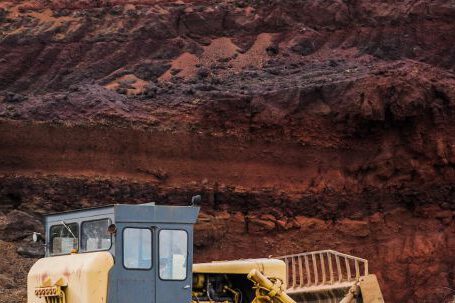Hoists are essential tools used in a variety of industries, from construction to manufacturing. They provide a safe and efficient way to lift and move heavy loads. With so many different types of hoists available, it can be confusing to know which is right for your project. This article will help you understand the different types of hoists and choose the one that best suits your needs.
Types of Hoists
Hoists come in a variety of shapes and sizes, depending on the type of application they are used for. Here is a brief overview of the different types of hoists:
- Chain Hoists – These are the most common type of hoists and are typically used for lighter loads. They are powered by an electric motor and use a chain to lift and lower the load.
- Wire Rope Hoists – This type of hoist is more powerful than a chain hoist and is designed for heavier loads. It uses a wire rope, instead of a chain, to lift and lower the load.
- Manual Hoists – Manual hoists are operated by hand and do not require an electric motor. They are typically used for lighter loads and are much less expensive than other types of hoists.
- Hydraulic Hoists – Hydraulic hoists are the most powerful type of hoist and are designed to lift and lower heavy loads. They are powered by pressurized hydraulic fluid and are typically used for industrial applications.
Factors to Consider When Choosing a Hoist
When choosing a hoist, there are several factors to consider. First and foremost, you must consider the load capacity, which is the maximum amount of weight the hoist can safely lift or lower. You should also consider the type of application the hoist will be used for. Finally, you should consider the size and weight of the hoist.
The load capacity of a hoist is determined by the type of hoist and the size of the motor. Chain hoists typically have a lower load capacity than wire rope hoists, while manual hoists have the lowest load capacity of all. Hydraulic hoists have the highest load capacity, but they are also much more expensive than the other types of hoists.
When selecting a hoist for a particular application, you should consider the type of environment the hoist will be used in. For instance, if the hoist will be used outdoors, it should be designed to withstand weather conditions such as rain and snow. If the hoist will be used in a corrosive environment, such as a chemical plant, it should be designed to resist corrosion.
Finally, you should consider the size and weight of the hoist. If the hoist will be used in a confined space, it should be lightweight and compact. On the other hand, if the hoist will be used to lift very heavy loads, it should be larger and heavier.
Conclusion
Choosing the right hoist for your project can be a difficult decision. However, by understanding the different types of hoists and considering factors such as load capacity, type of application, and size and weight, you can make an informed decision and choose the hoist that best suits your needs. With the right hoist, you can ensure that your project is completed safely and efficiently.






